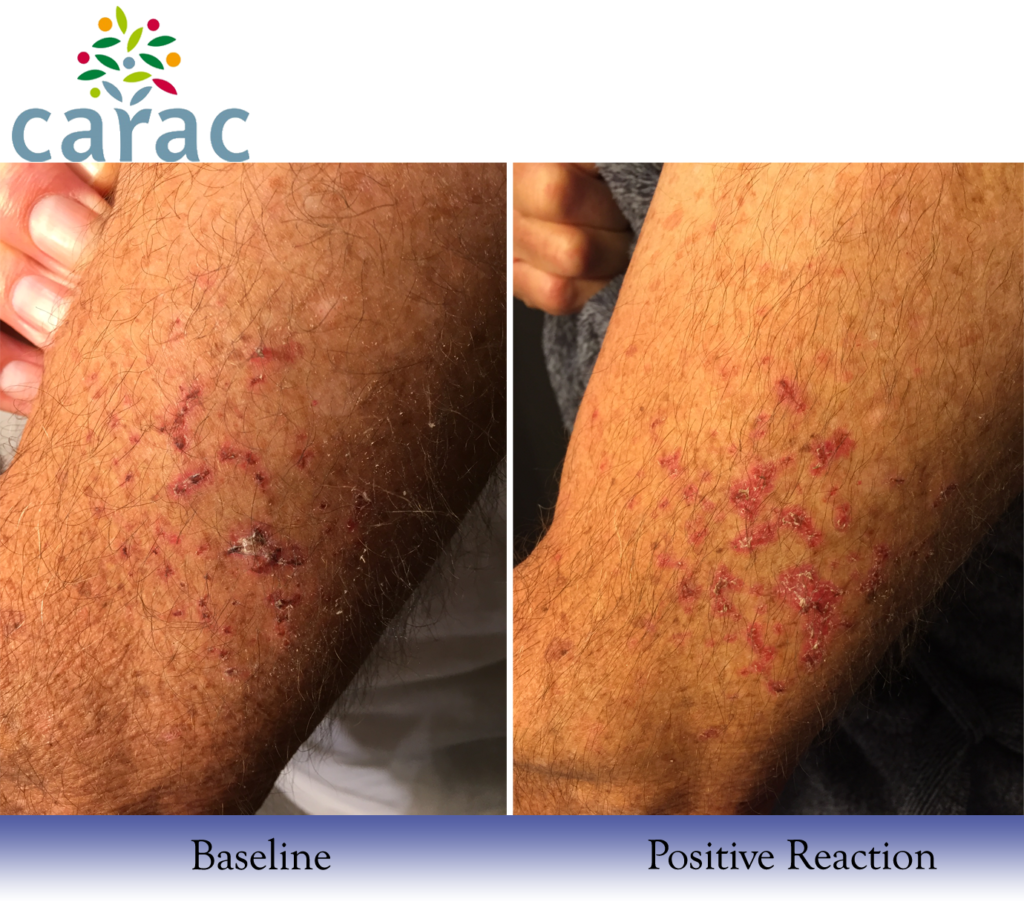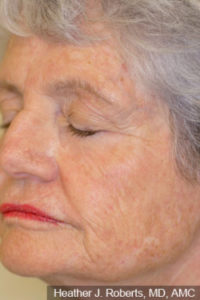 During your skin cancer screening exams, Dr. Roberts or Dr. Kim will carefully evaluate your skin for the presence of sun spots, sun damage and skin cancers. If detected early, medical therapy for precancerous and cancerous growths can often replace the need for more invasive surgical procedures. Dr. Roberts or Dr. Kim will be happy to review the vast number of treatment options now available and help you decide which is best suited to your individual needs.
During your skin cancer screening exams, Dr. Roberts or Dr. Kim will carefully evaluate your skin for the presence of sun spots, sun damage and skin cancers. If detected early, medical therapy for precancerous and cancerous growths can often replace the need for more invasive surgical procedures. Dr. Roberts or Dr. Kim will be happy to review the vast number of treatment options now available and help you decide which is best suited to your individual needs.
“If only I’d known how bad the sun was for me in childhood,” is often heard from patients suffering the long term effects of basking in the sun 20 to 30 years prior without proper protection from the sun’s harmful UV rays.
Luckily, one of the most common types of skin cancer, Squamous Cell Carcinoma, often gives advance warning as a precancerous spot also known as an Actinic Keratosis or “AK”, before it develops. Although only 20% of AK’s may advance to true skin cancer, we cannot predict which spots will progress or when it will happen. As a result, routine checkups to detect AK’s early and treat them is advisable to prevent the occurrence of a more invasive skin cancer.
There are many treatment options for AK’s:
Freezing with liquid nitrogen spray (also known as cryotherapy) destroys the superficial precancerous cells by causing a frost bite type of reaction. With this method, there is mild stinging initially. Then within a few days the treated areas may be red, swollen or crusted. Occasionally, a true blister may develop at the site of treatment. This can be managed with proper wound care.
For patients with numerous AK’s and extensively sun damaged skin, regional treatment of an entire area can be more practical than spot freezing hundreds of lesions.This also has the added benefit of treating not only those lesions that we can already see and feel at the skin surface, but also the microscopic precancerous cells that have not even made it to the surface yet. This preventative approach can help reverse the effects of years spent in the sun at once. Several medications (available by prescription only) can be used in this manner including: 5-fluorouracil (Carac, Efudex), Imiquimod (Aldara), and Diclofenac (Solaraze). All three medications can be very effective in destroying rapidly dividing precancerous and even early cancerous cells. Because these creams work by different mechanisms; however, they cause varying degrees of downtime seen as crusting, redness and minor discomfort. Dr. Roberts will be happy to discuss which cream may be best for you given your lifestyle, work and overall health.
Finally, deep chemical peels and Photodynamic Therapy (PDT) can also be used to treat AK’s. Please refer to the Photodynamic Therapy and Chemical Peel sections of our website for details or call our office for a consultation with Dr. Roberts to determine which procedure is best for you.
“Downtime” during Carac Treatment…

5 Weeks Later…


